Marketers have been thinking about, arguing over, and implementing personalization tactics for the last few years.
If you’re like most eager marketers, you’re trying to keep up with the discussion.
You are avidly digesting as much of the content as you can. And you’re testing all of the newest tips, tricks, and strategies that come on the scene.
But there’s a problem.
While some of those tips are good, others aren’t worth your time.
Many of them might seem like good ideas, but they actually do little to increase your overall ROI.
That’s exactly why you’ve implemented personalization strategies and received little to no additional results, leaving you feeling a bit clueless.
Of course, before I get ahead of myself, the problem isn’t with personalization itself. The problem is with how we think about personalization.
In fact, personalization works. Well, it kind of, sort of, works.
Why personalization works… sometimes
For the most part, personalization works.
All of the recent data shows it, and marketers everywhere swear by it.
But let’s talk about the way that marketers implement personalization and whether or not it’s actually the best way.
In other words, does adding people’s names to your email campaigns or changing the color or copy of a button really help?
And if it does, is it significant enough to matter?
In the end what we’re really wondering is:
Is there a better way?
First off, let’s consider that 96% of marketers believe that personalization helps advance customer relationships.
And we’re not debating that. We know that personalization works.
With personalization, marketers are often able to interact with a massive customer base in a way they have never been able to before.
They can use individual customer names, offer relevant products based on past purchases, and generally treat customers like the humans that they are.
Even Barbell Apparel sold more than 9,000 pairs of jeans by using personal outreach to different media sites.
Here’s one of their Instagram posts advertising their jeans.
And if it worked for a jeans company, it can work for anyone.
Even consumers are familiar with the power of personalization.
56% of them would rather buy from a retailer that recognizes them by name, and 58% would rather buy from a retailer who offers recommendations based on past purchases.
Now, before I start to sound like every other content writer talking about personalization in the marketing sphere, let me ask you a question.
Even though the above statistic says that consumers are more likely to buy when recognized by name, is that the best you can do?
In other words, just because people are more likely to buy from a marketer who uses their name versus a marketer who doesn’t, what about the marketer who does more than use name tags?
Wouldn’t that marketer ultimately win?
Sure, you can recognize your customers’ names. But what if you also recognized their tendencies or wrote email copy like an actual human being instead of a business?
How much more impactful would that be?
The point is, maybe we’re using personalization wrong as marketers.
Well, to confuse things even more than I just did, consider how using personalization in email campaigns affects open and click-through rates.
As you can see, those numbers aren’t very compelling.
In fact, they seem to indicate that personalization isn’t as effective as most marketers claim it is.
So what gives? Is it effective or not?
The answer to that question lies in what exactly you mean when you say “personalization.”
What is real personalization?
When marketers talk about personalization, they are usually referring to name tags including the receiver’s name in their email campaigns, sending abandoned cart emails, or recommending products based on past purchases.
Things like this:
And ads like this:
But here’s the thing about those methods. They don’t work.
That’s right. They don’t. At least, not that well.
OK, sure, sometimes a marketer will come along and experience a significant difference in their open rate, engagement rate, click-through rate, and conversion rate after adding someone’s name to their emails.
But more often than not, those marketers are the minority.
Usually, the business that experiences that kind of personalization success has a massive audience with an already-loyal customer base to experiment on.
And when they experience a 1% or 2% jump in their conversion rate, it’s significant because of their hundreds of thousands of customers.
But it’s still only a 1% or 2% jump.
For you, that might not be so significant.
Regardless of the size of the business, though, marketers everywhere are prioritizing personalization.
And it’s hard to blame them.
A lot of studies over the past few years have sworn by the power of personalization.
But here’s what’s even more interesting. Only 45% of marketers think that they are using personalization right, and 55% think they aren’t.
This means that, while marketers know about the importance of personalization, many of them don’t know how to actually do it effectively.
With similar results, this graphs shows how 45% of marketers are moderately satisfied with their personalization efforts.
Here’s the point. Marketers know that personalization is important, but they don’t know how to use it effectively.
And if you’re like most of them, you’re flailing to figure out what you can do differently.
Well, that’s why you’re here, right?
In the end, personalization isn’t about using someone’s name or including recommended products. It’s about being authentic.
Welcome to the age of de-personalization.
Why de-personalization is far more effective
Let’s start with the question that’s on your mind.
What is de-personalization?
Well, it’s exactly what it sounds like.
It’s personalizing your marketing efforts by making them less personal.
I know that sounds confusing. Let me explain.
Imagine that you received both of the following emails in your inbox. Which one would feel more personal?
Would it be this one?
Or would it be this one?
If you’re anything like most people, you said the first one.
But here’s what we need to ask ourselves: why does the first email feel more personal than the second one?
After all, the second uses the receiver’s name, and the first one doesn’t. They both offer discounts, but the second one includes a bit more detail.
Why, then, does the first one feel personal and the second one feels clunky?
Well, the answer is simple. The first one doesn’t try to be someone that it isn’t.
The second email uses your name, but you already know that a robot sent the email. Just look at the capitalization.
So that ends up feeling fake rather than building trust.
The first one, though, doesn’t include your name or try to act like it’s a human when everyone knows it isn’t. That, in turn, makes the business feel more trustworthy and honest.
That is the power of de-personalization. In fact, here are six more ways you can de-personalize your marketing strategy.
1. Remove name tags from your emails and add transparency
I know. Practically every marketer and their dog has told you that you’ll get a better click-through and response rate if you use your customers’ names.
Well, I don’t know how to say this, but they were mostly wrong.
The problem with using name tags to make your emails feel personalized is that doing so has the opposite effect.
Think about it.
Have you ever received an email from someone with your name on it and thought to yourself, “They didn’t send this email just to me. Who does this person think they’re tricking?”
The reality is that everyone knows your emails are going to a large group of people, not just them.
So using their name feels disingenuous.
Consider what Rachel Pedersen’s emails look like.
Nowhere in this email does she use my name. In fact, she never uses my name in any of her emails.
Why?
She knows that sending emails is more like speaking to a large crowd of people than talking to just a few in a small room.
You’re on a pedestal, so be on a pedestal.
Email, in particular, is one of the channels where marketers believe in personalization the most.
That’s exactly why we’re talking about it.
But here’s the more amazing thing I want to point out about Rachel’s email above. While she doesn’t use my name, she uses other remarkable tactics to personalize the conversation.
Primarily, she’s transparent with her audience.
And that’s far more effective than just adding someone’s name will ever be.
Also, consider another email I received from her.
In this email, Rachel creates transparency with her audience by talking about how amazing one of her clients is and even mentioning that the client gives her more credit than she deserves.
You can practically smell the authenticity dripping from the email copy.
And when people receive those kinds of messages, honesty baffles them and makes them more willing to trust you.
If you want to have that effect in your email campaigns, then ditch the name tags and talk about yourself with transparency.
Your listeners will appreciate it.
2. Provide real value before you ask for anything
Too many email campaigns try to take.
They ask the receiver to buy, give, or sacrifice.
Instead, those email campaigns should be providing massive value to the receiver.
Now, I’m not saying that you should never ask your audience to do something. CTAs are important, after all.
But what I am saying is that you should never ask your audience to do something before you’ve provided a remarkable amount of value.
Consider, for instance, Michael Hyatt’s 20-to-1 rule,
He claims that you shouldn’t ask for anything from your audience unless you’ve given at least 20 things first.
That might sound like a lot to you.
And you don’t have to follow it exactly.
But his point stands.
Provide value before you ask your audience to buy, commit, or opt-in.
Ask yourself, “What would really woo my customers? How could I provide immense value to them?”
And then create a piece of content or downloadable worksheet with remarkable value.
Here’s another email from Rachel Pedersen where she provides value for the reader from the get-go.
Also, consider this email I received from Trevor Mauch:
Or this email.
Do you see a pattern yet?
Each one of these emails strives to provide value rather than demand anything from the customer.
They all initiate the customer-business relationship by giving something meaningful.
And when they do ask for something, readers are more likely to respond.
After all, what goes around comes around, right?
4. Write like a real person
There’s nothing worse than including someone’s name and recommended products but writing like a robot.
Unfortunately, an impersonal voice haunts most marketers’ attempts at personalization.
When that happens, receivers lose even more trust for the business.
In fact, it’s probably better to just do one or the other. Either write like a robot and remove the pretend personalization or only email one person at a time with authenticity.
Of course, neither of those options are very viable for your business.
But there’s one other option.
Namely, remove the fake personalization but create real personalization by writing like the human being that you are.
The Hustle is one of my favorite newsletters for this very reason.
Here’s one of their emails.
Here’s another one.
Although none of these emails include my name or try to sport a false sense of personalization, they do something else that’s far more powerful.
They use a consistent voice and a fun and distinguishable attitude to express their stories and ideas.
This makes their publication come off much more personal, honest, and authentic than most newsletters.
You can use the same strategy to build trust with your receivers.
In other words, write like a human, and your content will attract people. Otherwise, they’ll know you’re faking it.
5. Focus on existing customers
It’s no secret that existing customers are far more valuable than new customers.
They are more loyal and more profitable, and they generate more revenue.
For example, returning customers are 70% more likely to buy when you retarget them with a display ad.
Plus, you don’t have to pay to acquire them.
But did you know that you can turn those old customers into new customers?
And the secret to doing so might just be de-personalizing your marketing efforts.
Here’s what the upside-down funnel looks like.
That might look confusing, but the concept is really quite simple.
Essentially, if you get existing customers to become evangelists for your business, they tell their friends.
Then, their friends become customers.
In other words, existing customers turn into new customers.
But how can you make that happen?
Well, personalization isn’t the answer.
De-personalization is.
By creating marketing campaigns that build trust with your user base, express authenticity and transparency, and sound like they’re talking to a real person, you can make evangelists out of your existing customers.
Because when people feel like your business has a distinguishable voice and authentic personality, they will fall in love with you.
And when they fall in love with you, they’ll tell their friends.
6. Listen to your audience
Finally, if you really want to add personalization to your marketing campaign by de-personalizing your efforts, then listen to your audience.
No one knows your audience better than your audience themselves.
That means that you should get in the habit of asking them questions and listening to their responses.
Plus, that’s one of the best ways to add personality to your emails without faking it.
Here’s an email I recently received from Scott Oldford:
This email is very simple but wildly powerful. It simply asks a few questions and leaves it at that.
If you want people to respond, then don’t include anything else in the email. Just ask great questions.
Then, make a note of their answers, and you’ll discover new ways to reach them.
Here’s another email I received from Scott:
In this email, Scott prompts people to respond with ways that he can help them.
Nothing says “personalization” quite like a question.
And luckily for you and your marketing campaigns, asking your audience questions and listening to their answers is one of the easiest things for marketers to do.
Conclusion
Keeping up with the marketing discussion about personalization is a real challenge.
Some marketers recommend using a blue button instead of a red one, and other marketers recommend using red instead of blue.
The reason that so many people are recommending different things is that most of these personalization efforts only experience marginal results.
They aren’t actually that effective.
De-personalization, however, is effective.
When you remove name tags from your emails and add transparency, write like a real person, provide real value, focus on your existing customers, and listen to your audience, you’ll generate leads and revenue like never before.
And it won’t be because your marketing campaigns feel personal, but because they are personal.
And that’s an important difference.
What personalization tactics do you use when reaching out to customers and prospects?

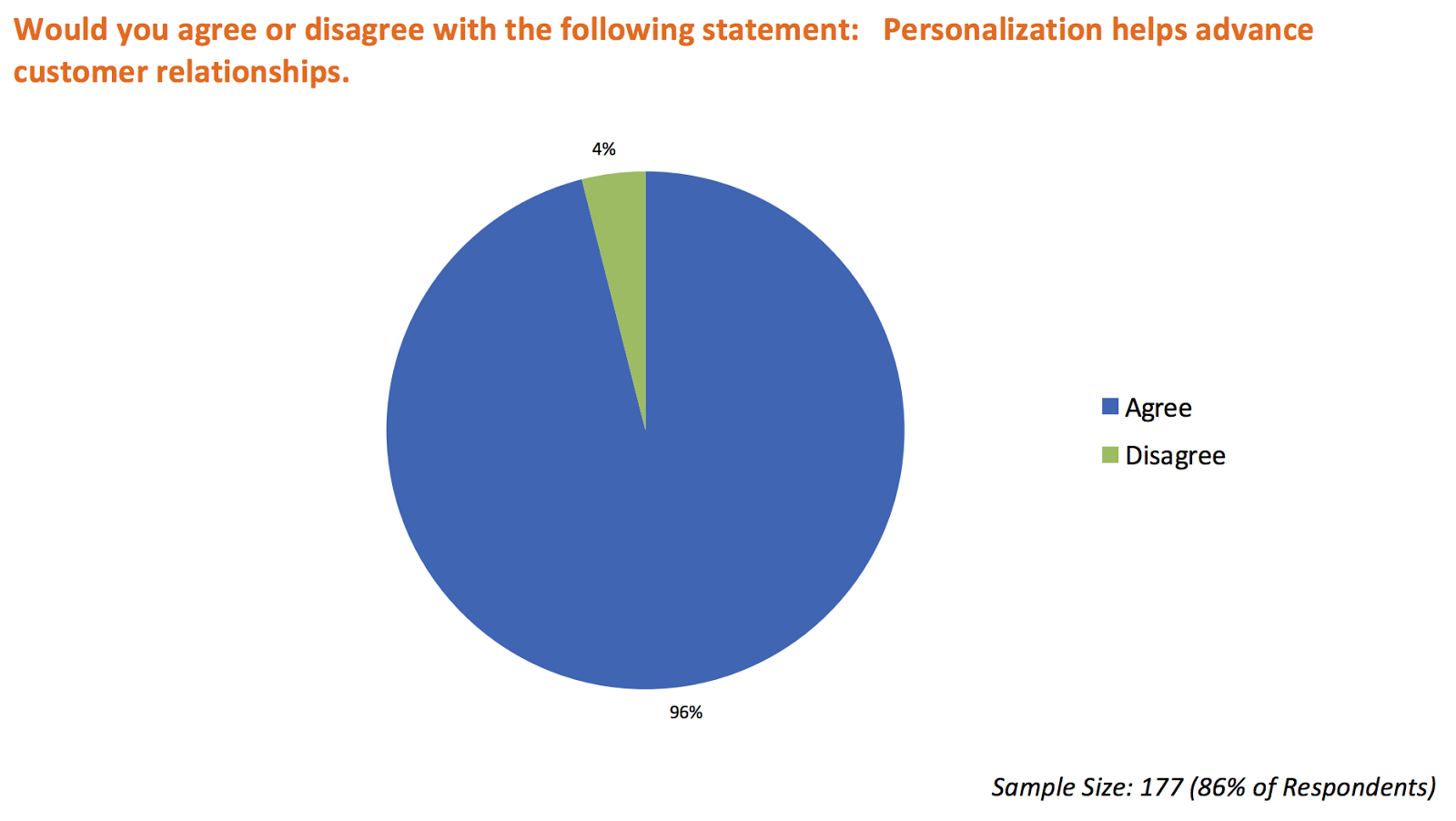
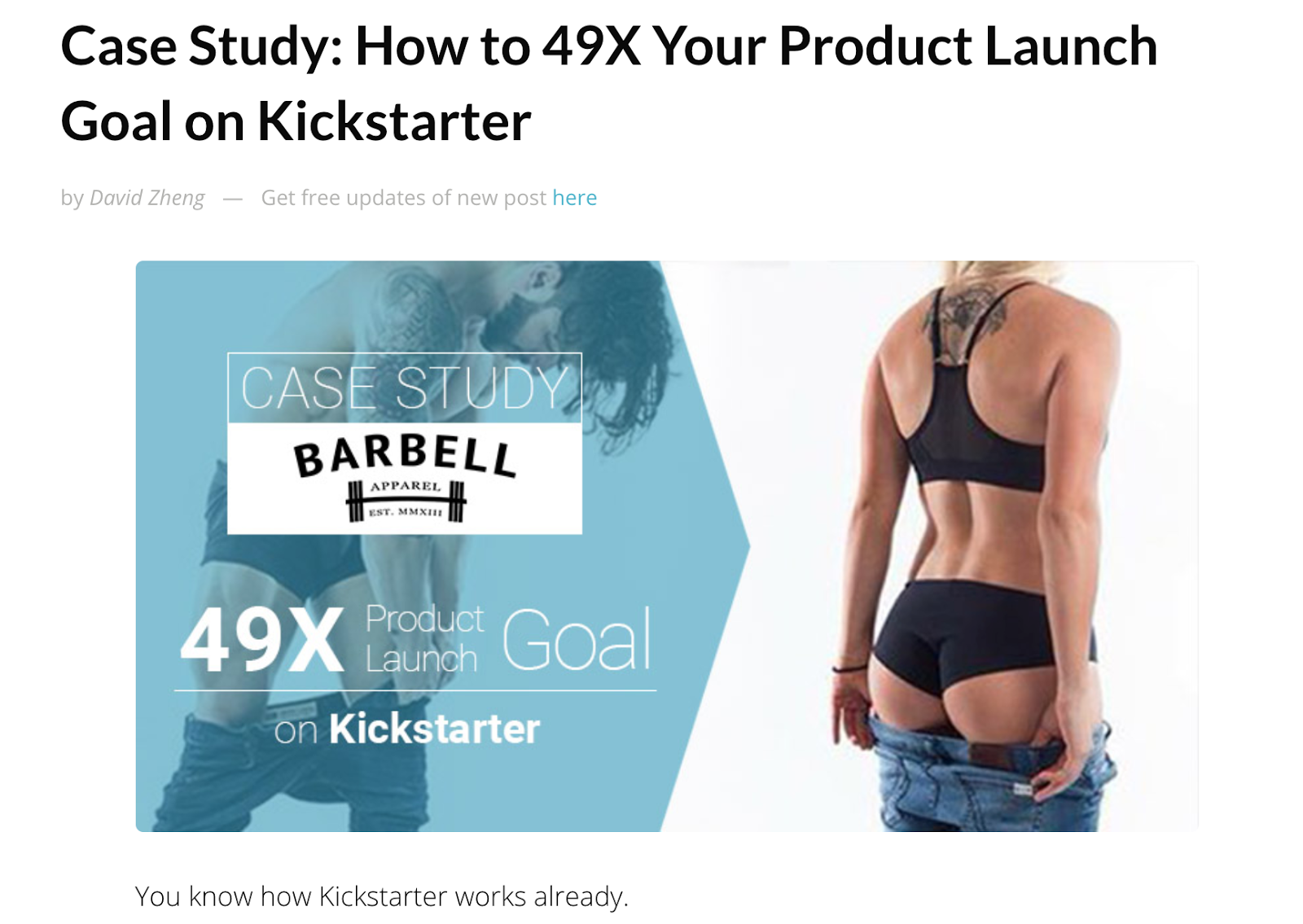

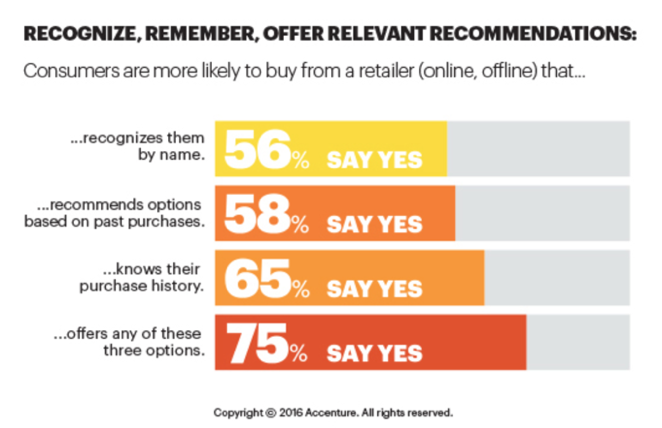

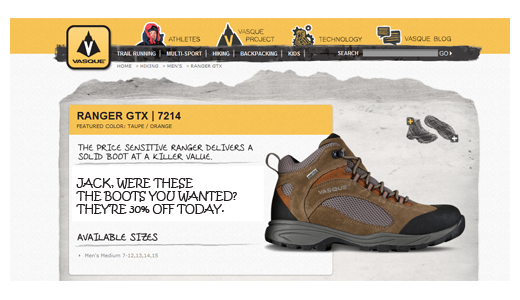
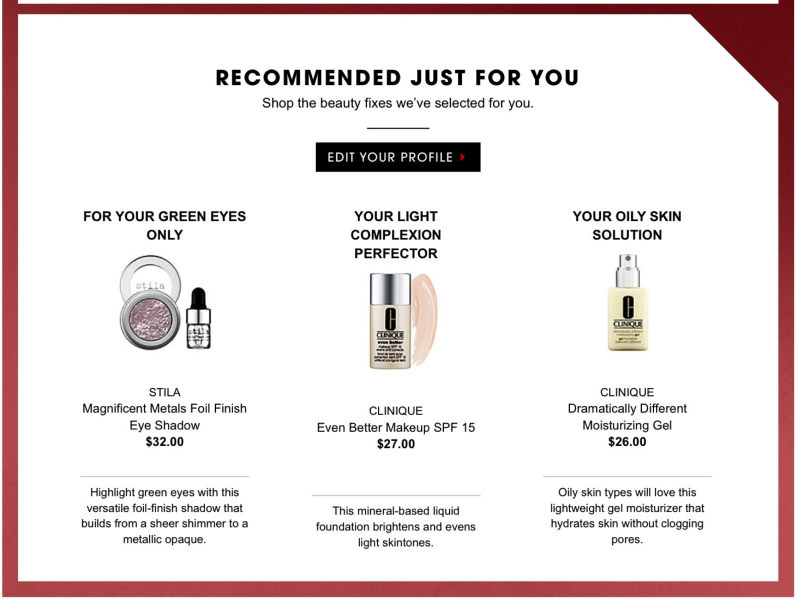
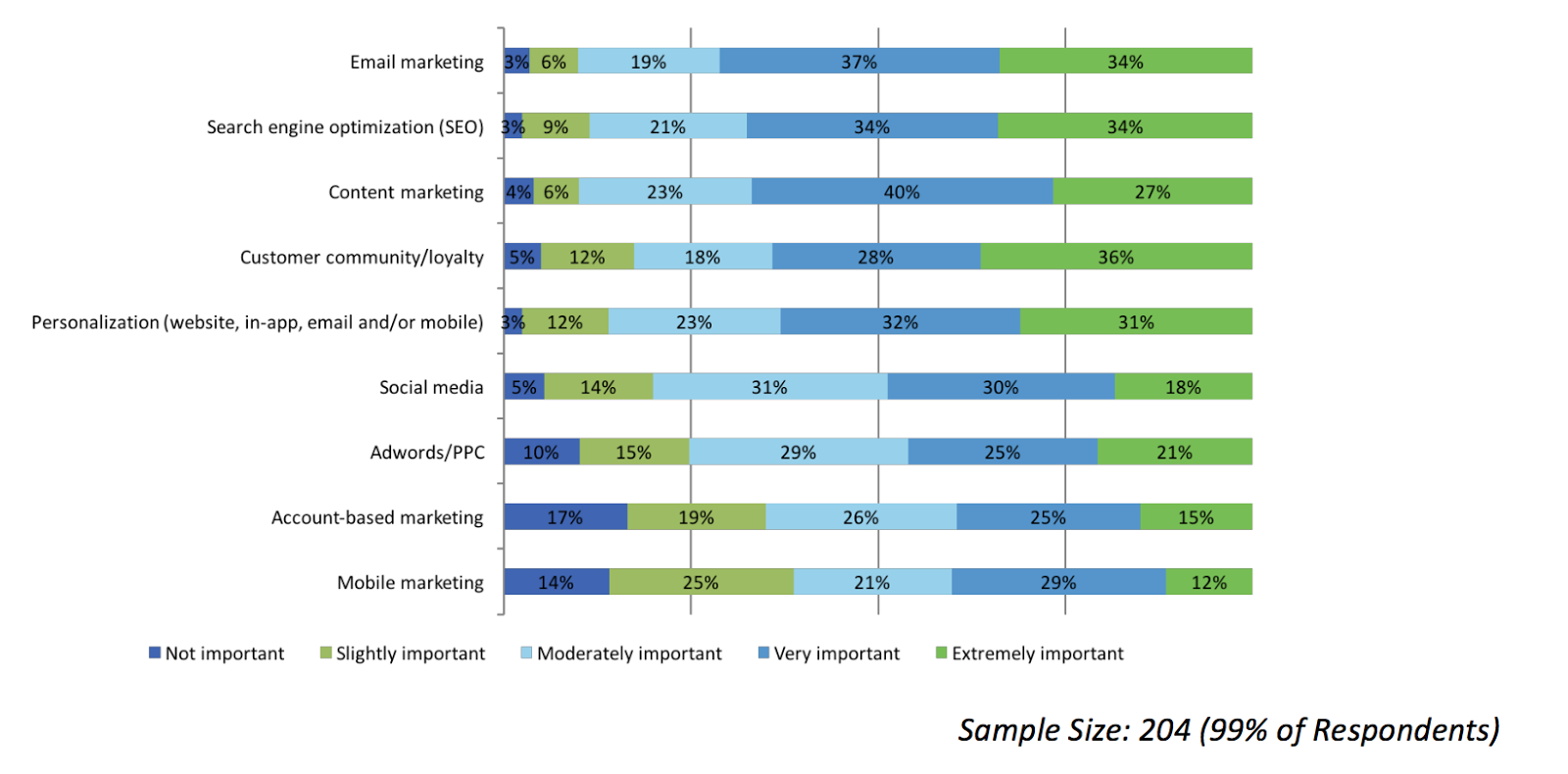
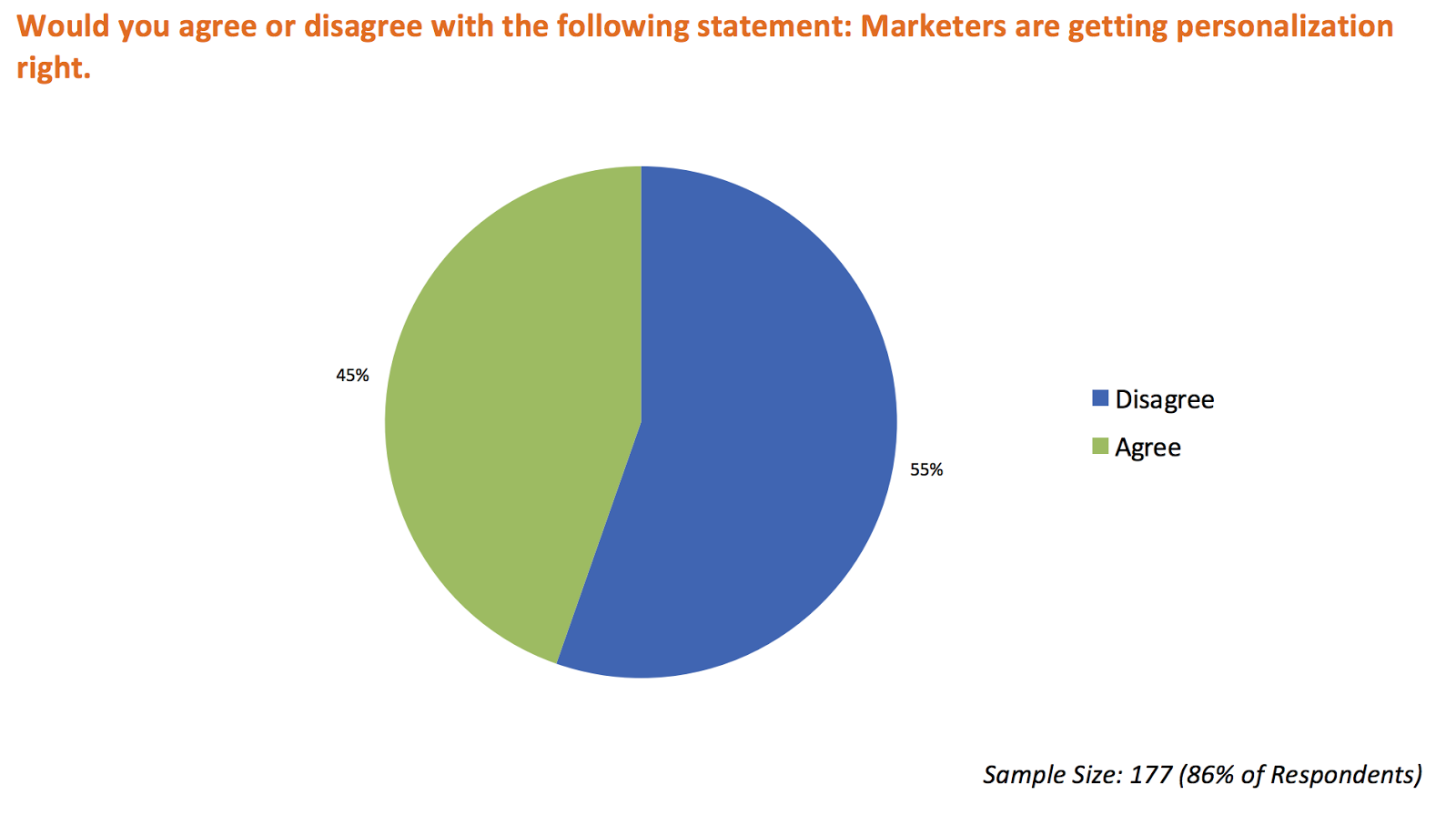
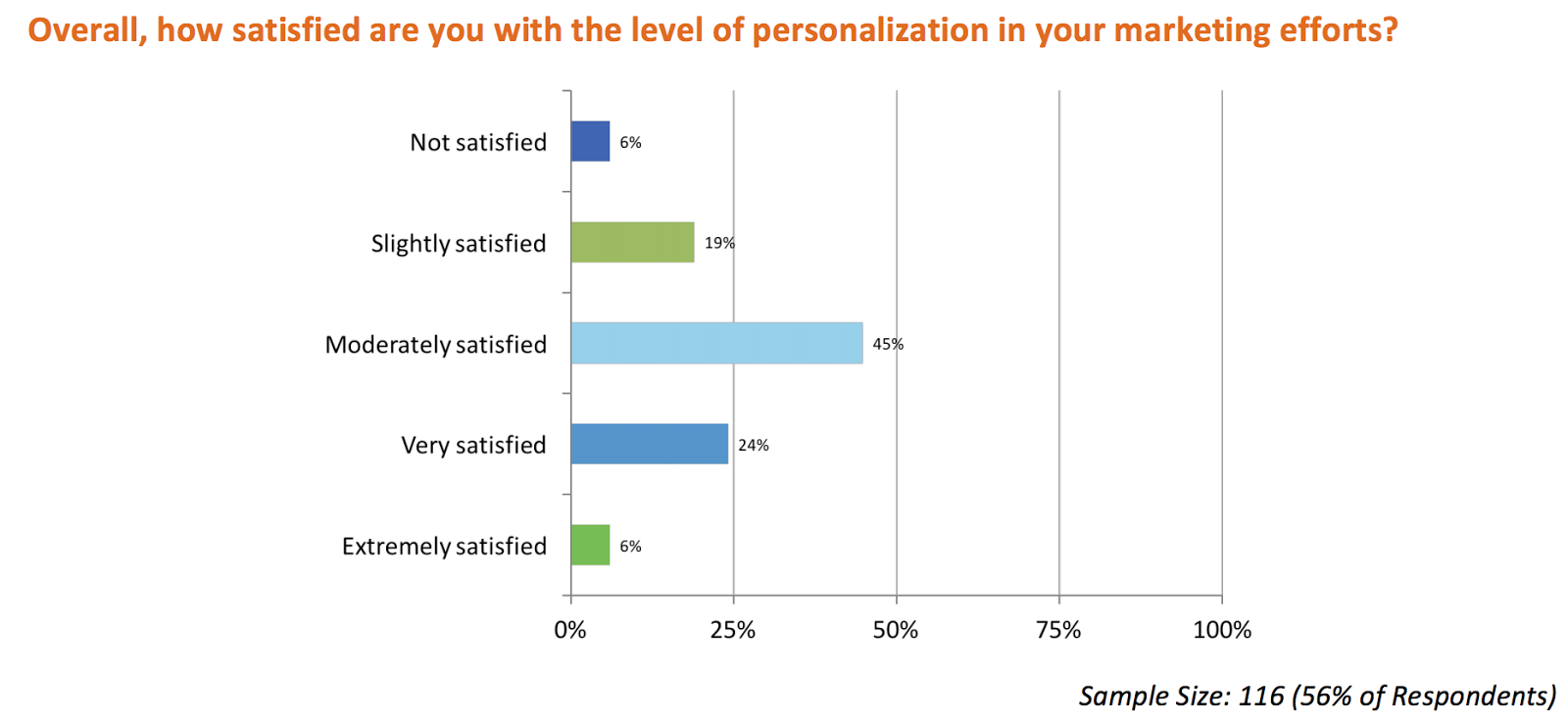
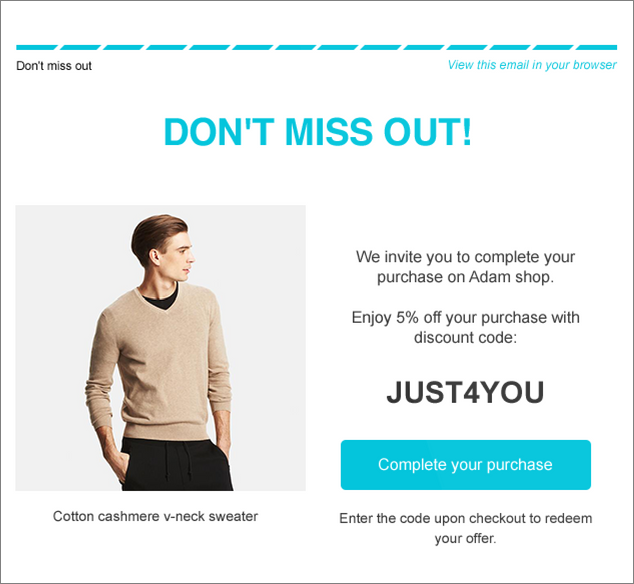
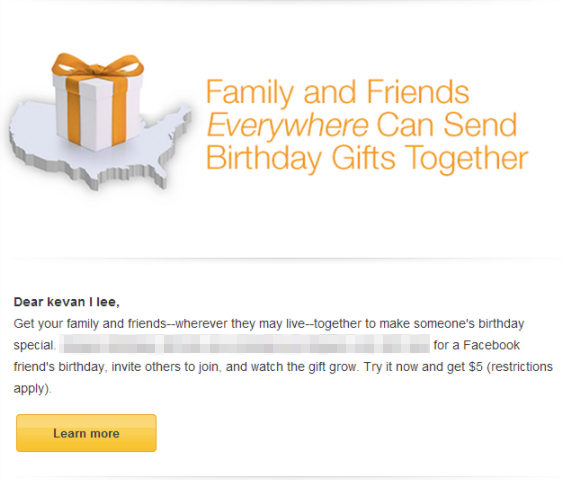
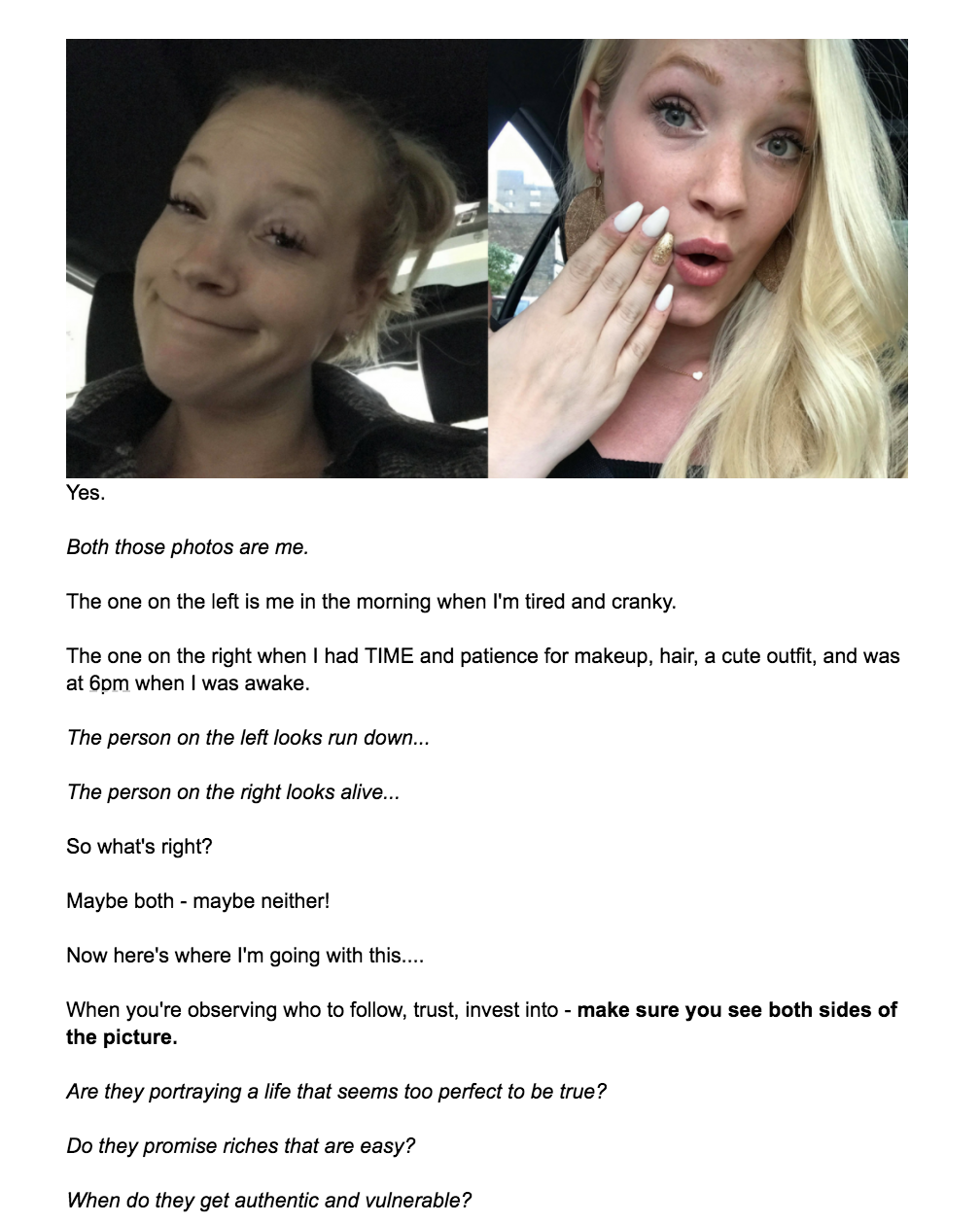
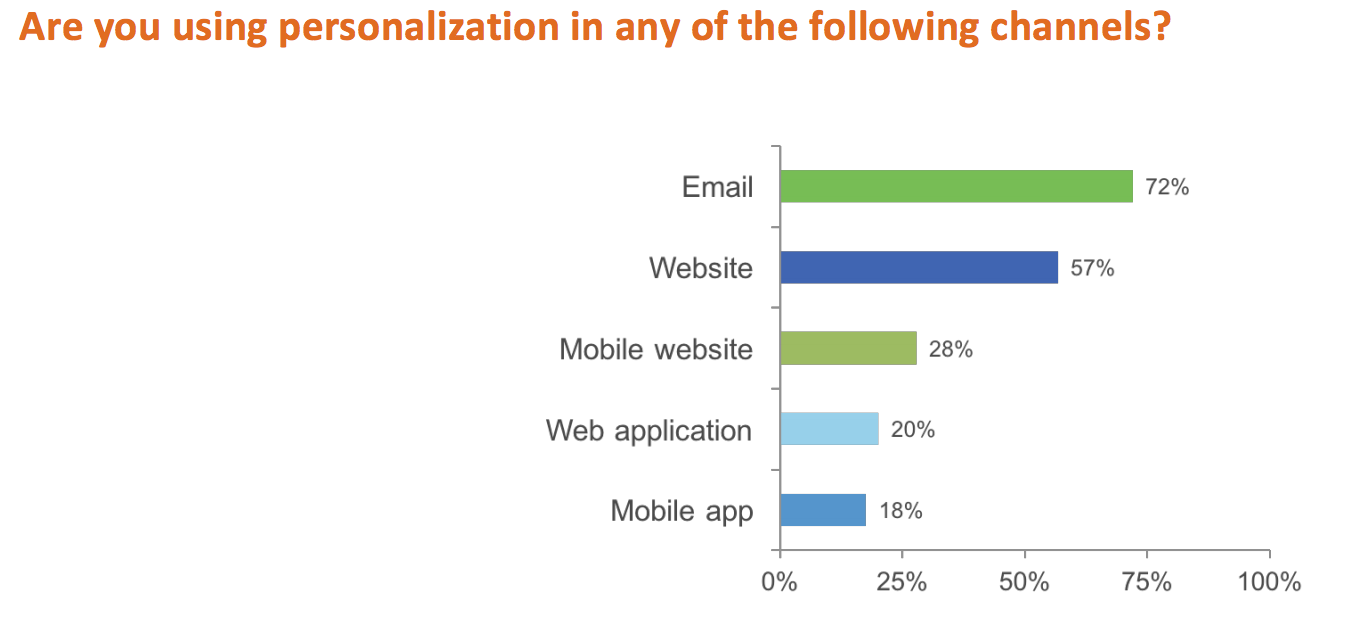
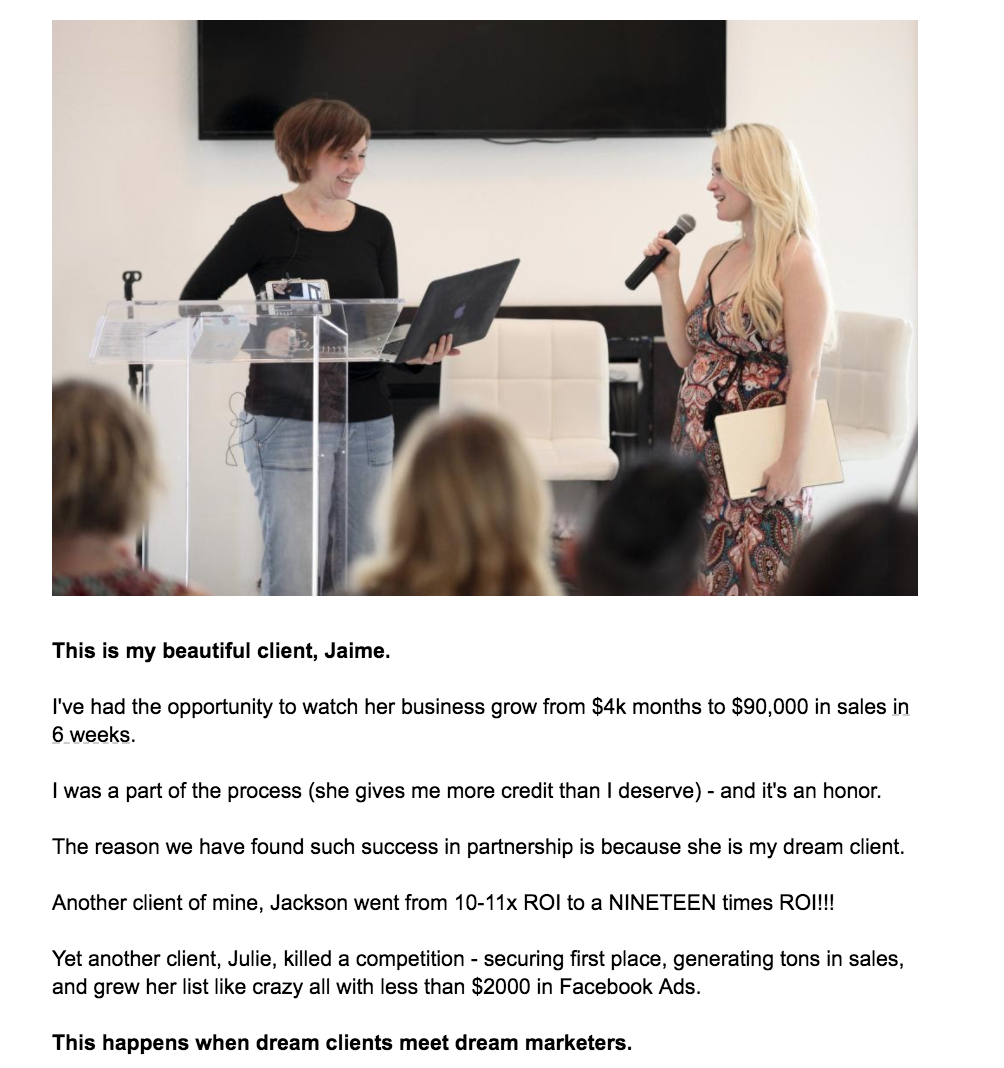
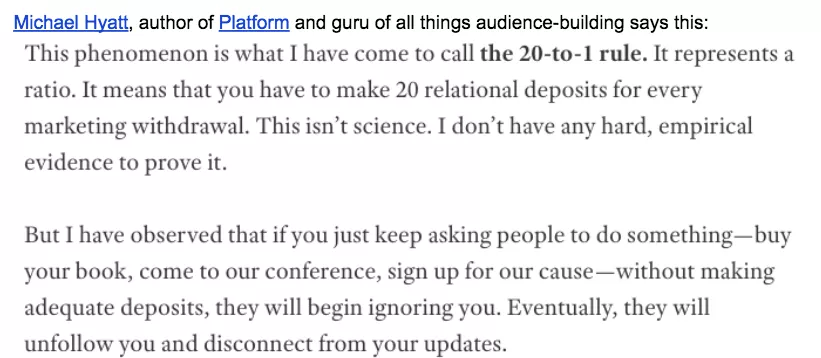
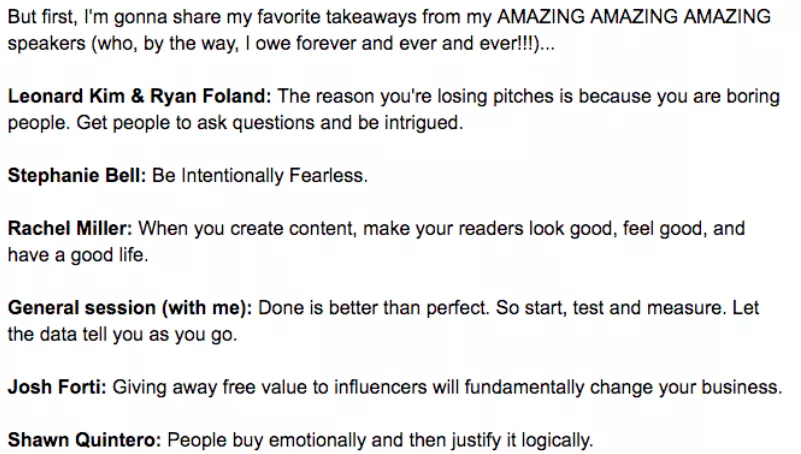
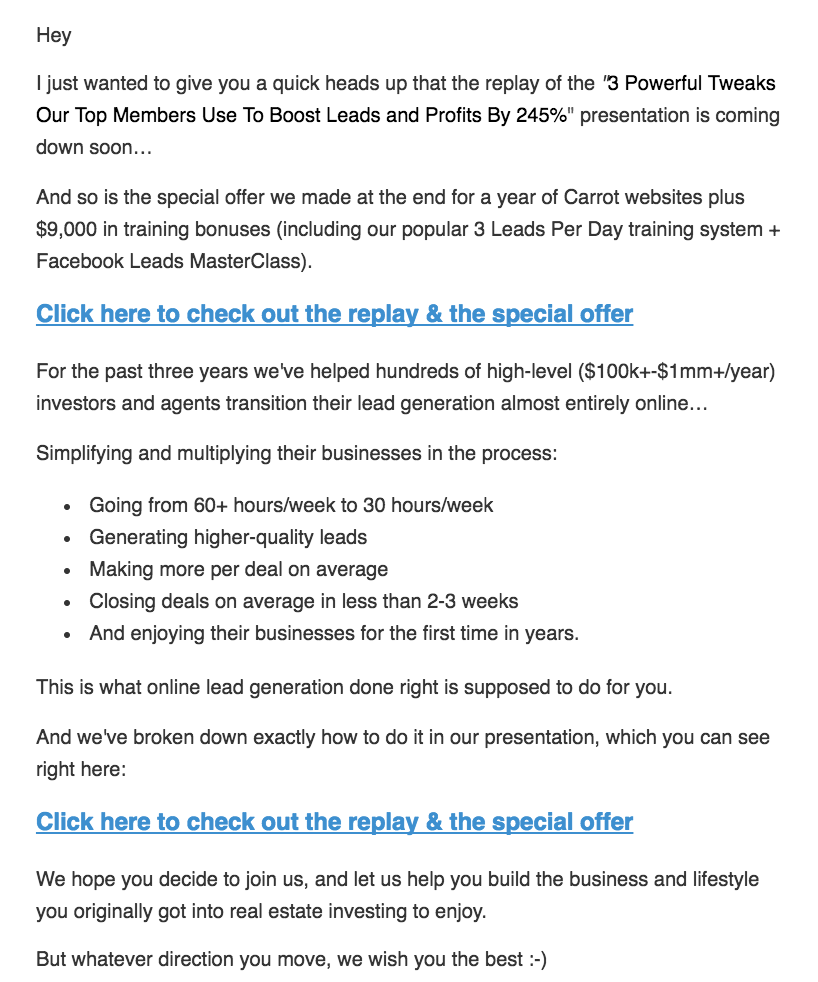
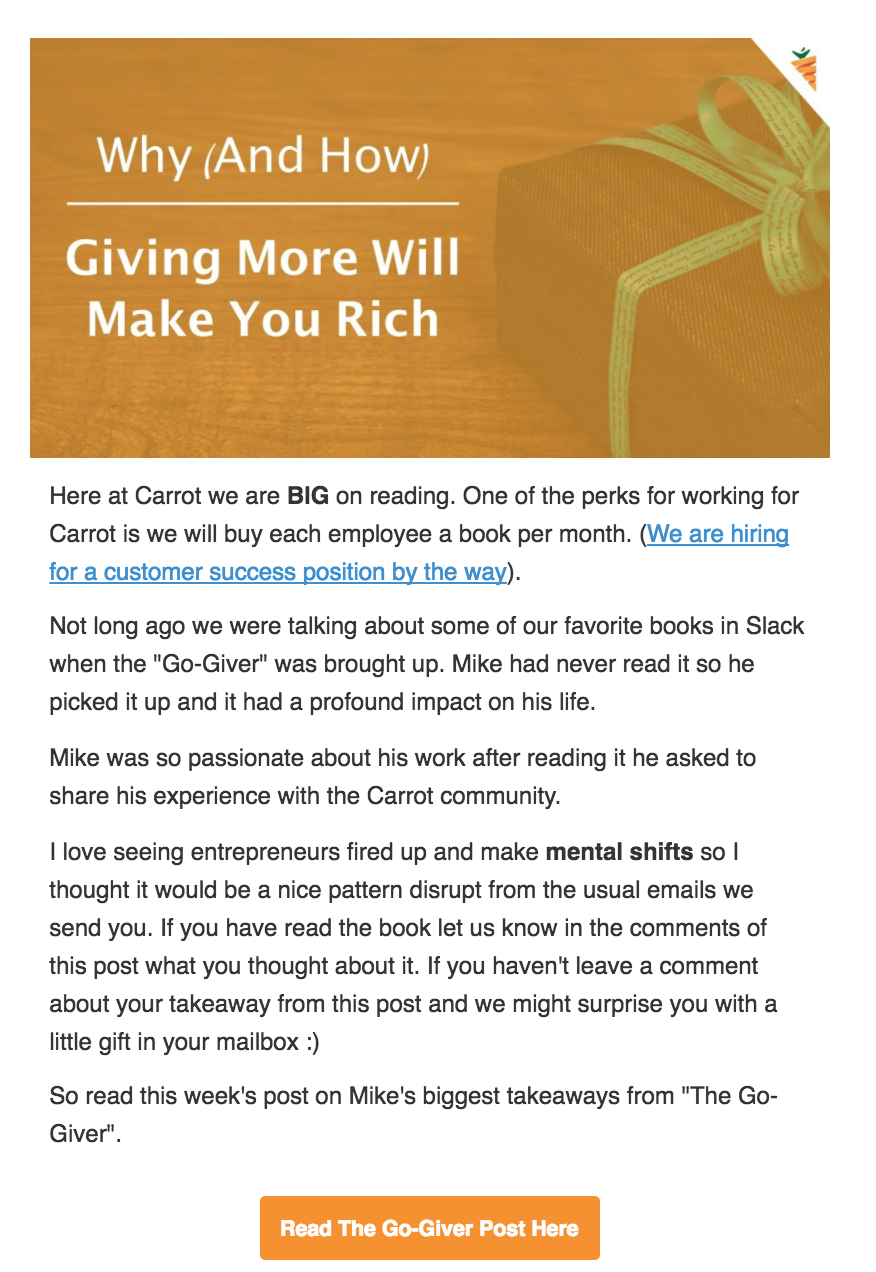
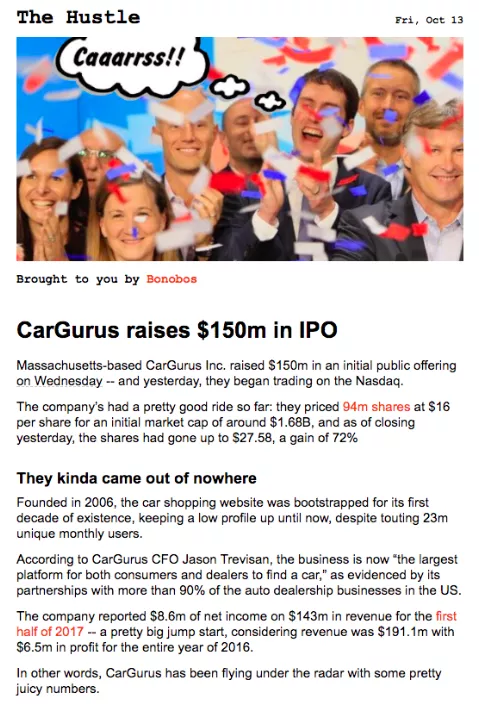
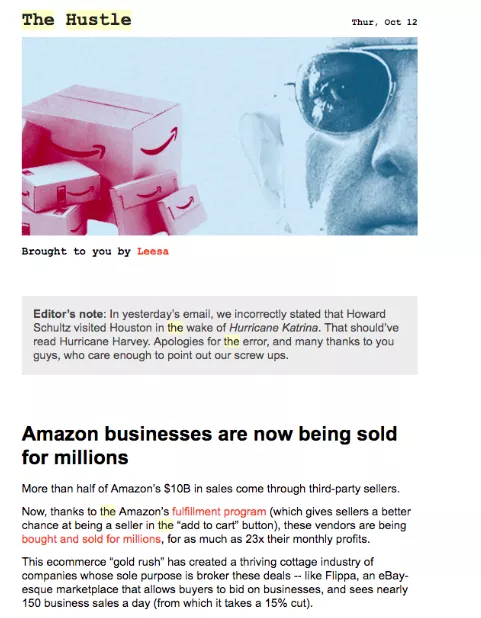

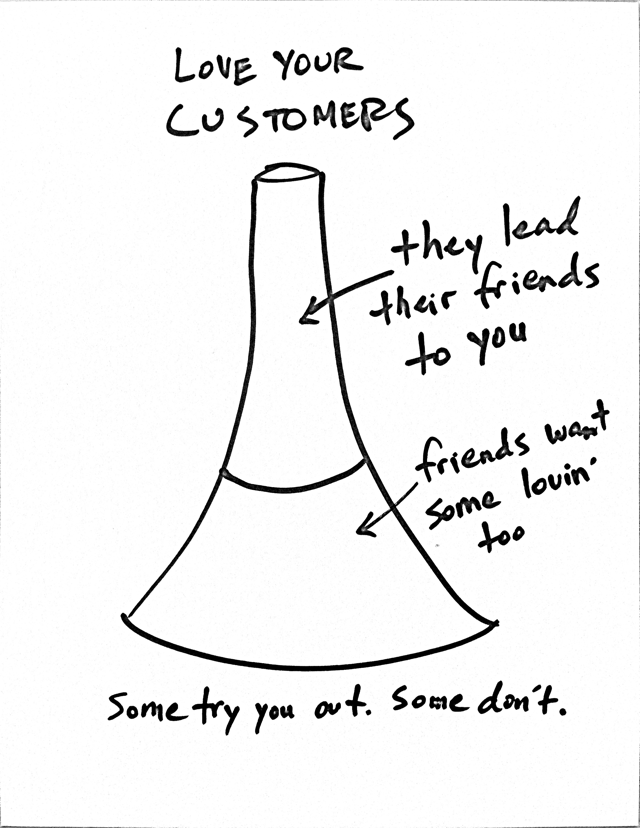
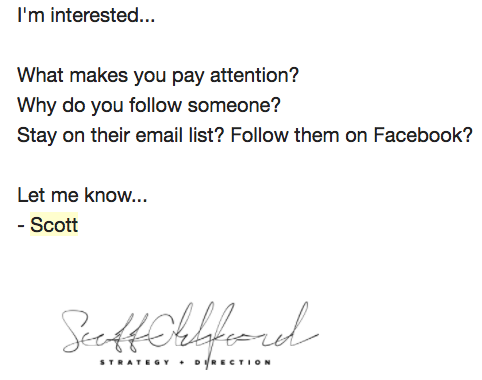
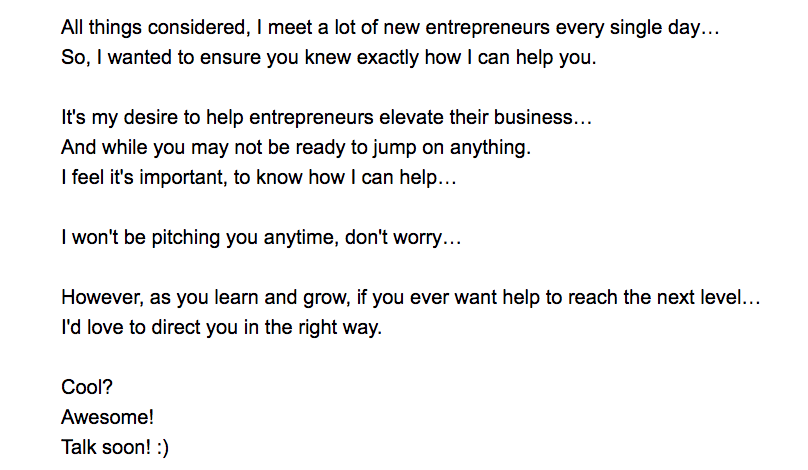
Comments (28)